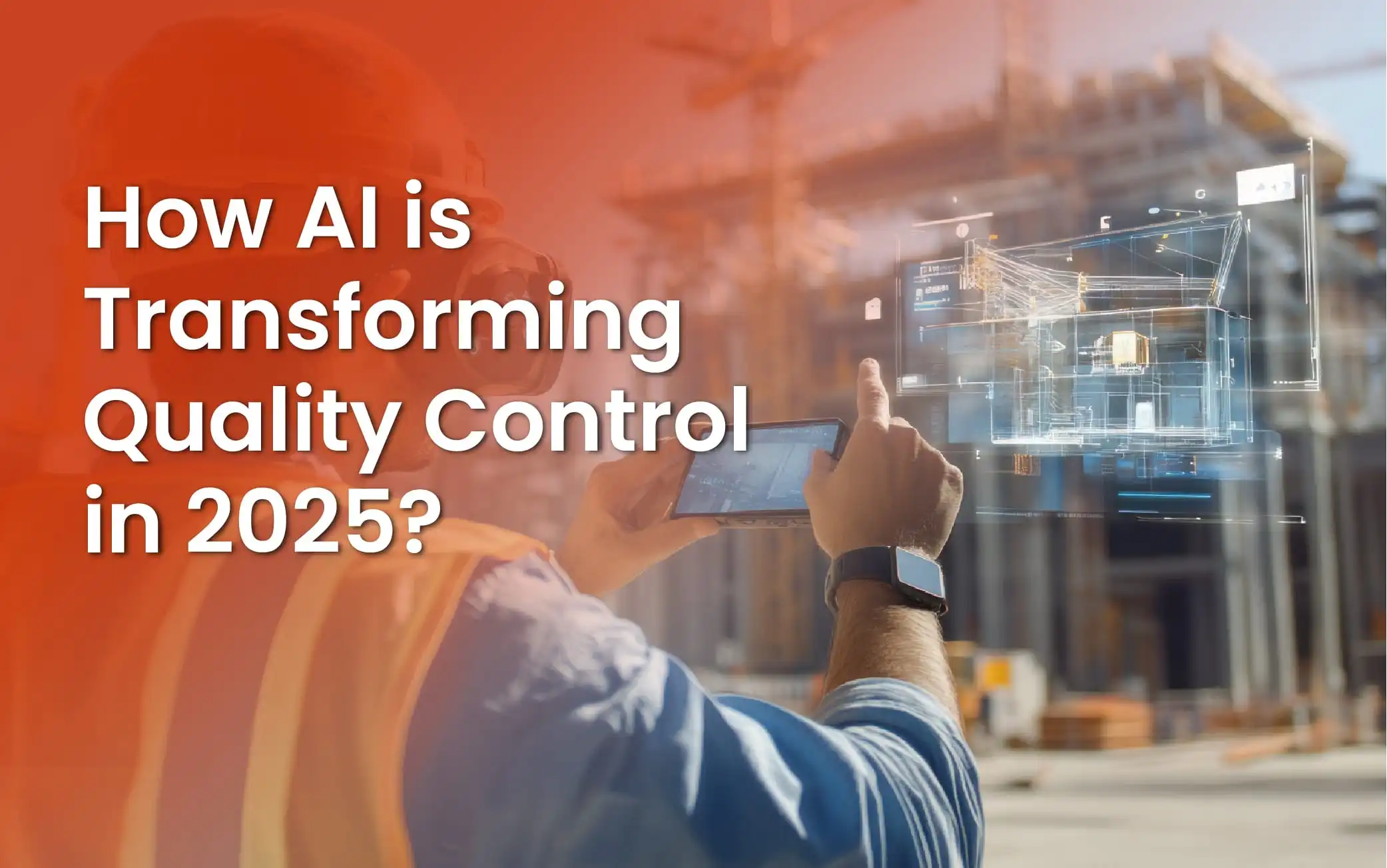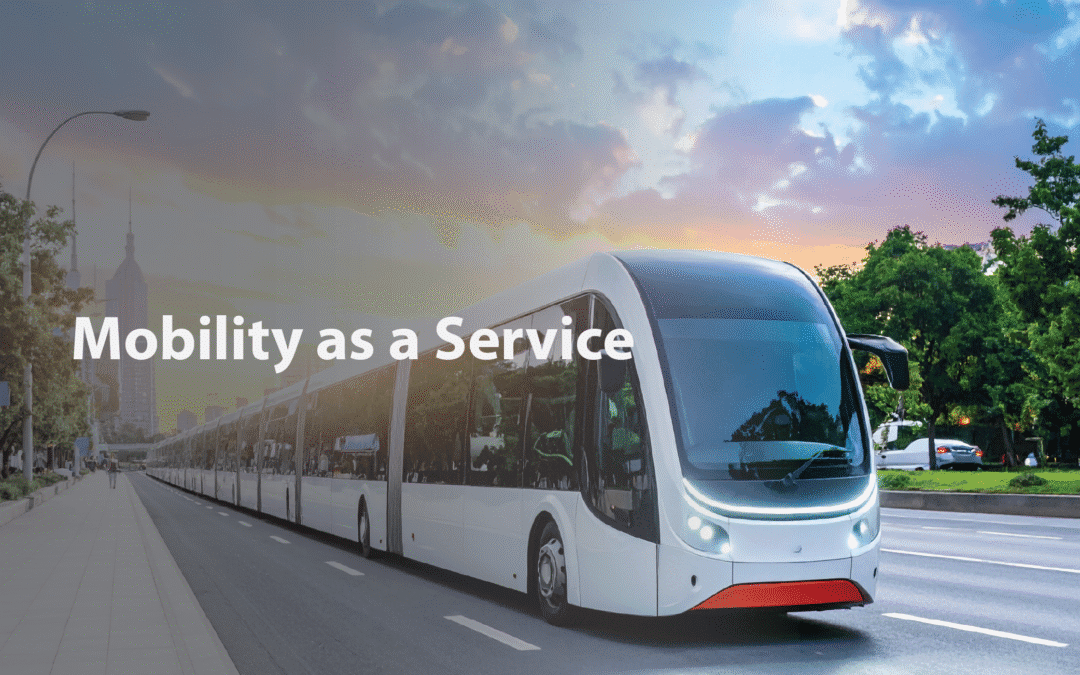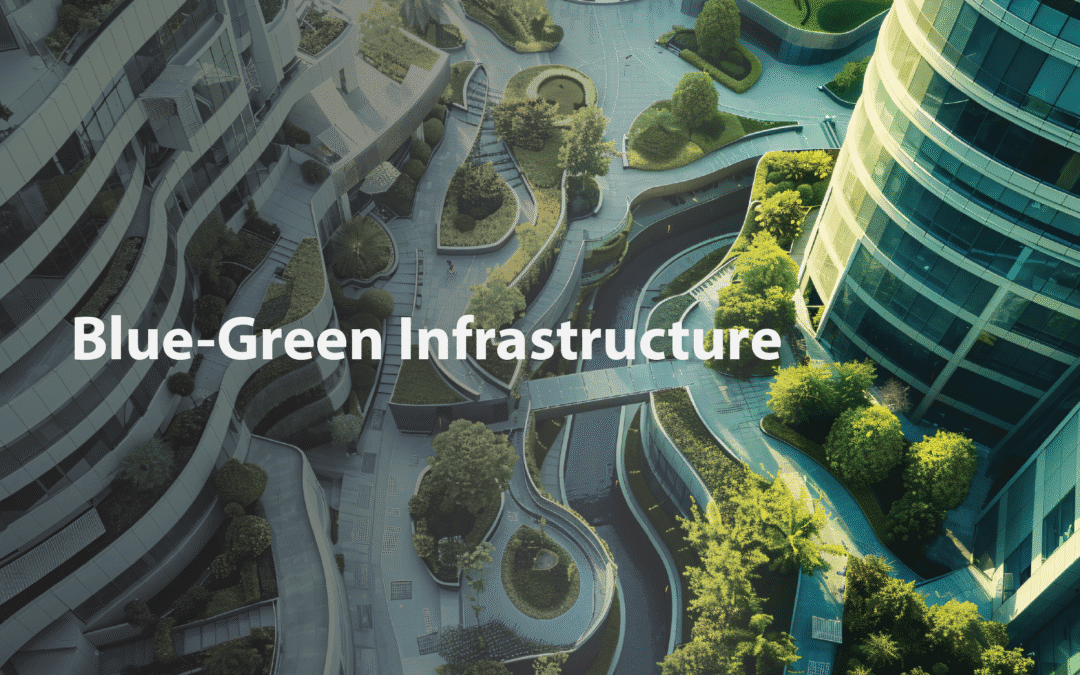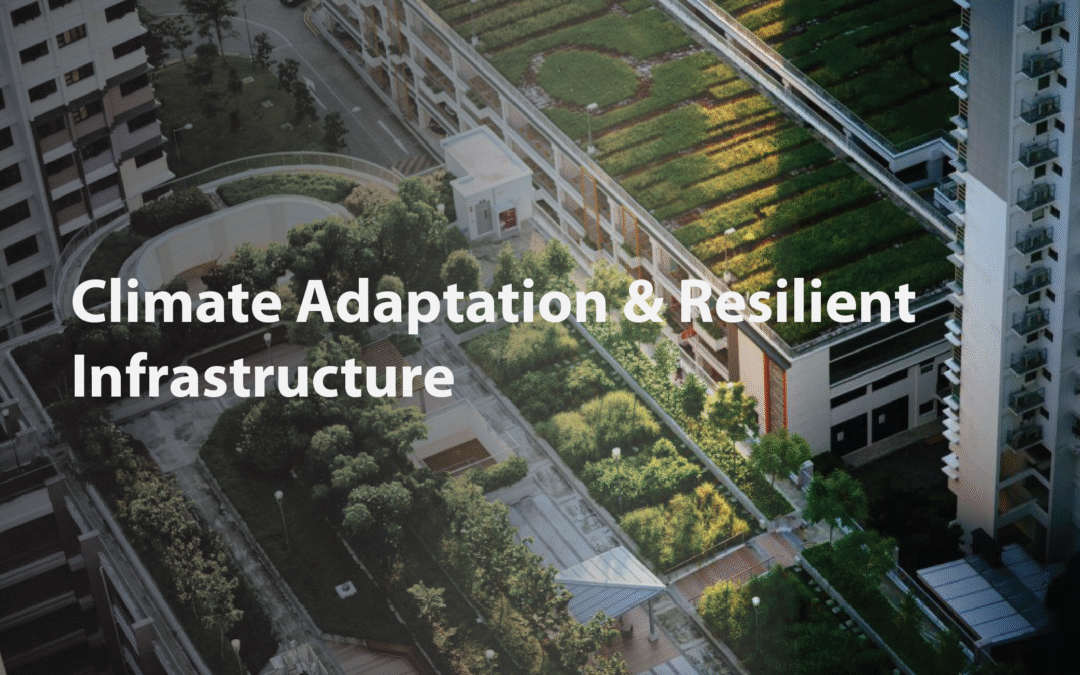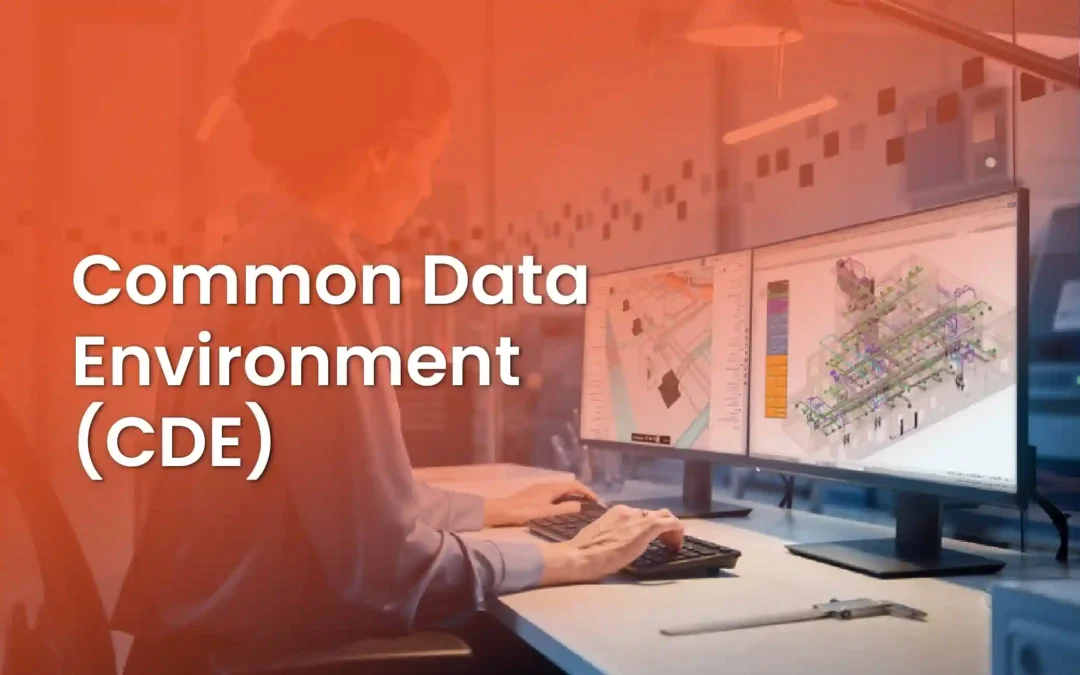Quality Control & AI Revolution
AI has already transformed numerous industries, and quality control is no exception. Efficiency, accuracy, and cost-effectiveness have all significantly increased as a result of the application of AI in QC procedures. As evidence of its rapid adoption, the global market for quality control & AI is projected to reach over $5.2 billion by 2027.
At HS Group, we are leading this change. In various industries, including construction, we have effectively implemented cutting-edge AI-QC solutions to both identify and stop flaws before they start.

Benefits of Using Quality Control & AI
AI can help improve key QC processes in the following ways:
Minimizes Human Error
A well-trained QC AI will identify any errors, allowing human employees to take the appropriate corrective action, whereas a human employee may overlook a problem due to exhaustion or hurrying through work. Furthermore, AI may be able to identify issues that humans do not, such as minute flaws in products.
Enhances the Image of the Brand
Consumers expect high-quality products, and product flaws can cause annoyance and negative feedback. Before a product is shipped to a customer, AI can detect any flaws in it.
Aids in Adhering to Regulations
Numerous components and goods need to adhere to strict regulations; AI assists businesses in doing so by identifying any problems or compliance issues.
Minimizes Waste
ML can prevent faulty ingredients and parts from entering downstream manufacturing. Removing these flawed inputs leads to fewer rejected products, which reduces waste.
Maintains Items Workable
AI can help the surroundings to guarantee that goods are transported and stored securely, such as keeping the food storage temperature to ensure safe conditions.

Quality Control & AI Technologies Change the Game
Three key technologies that are radically changing how we guarantee structural and product integrity are the foundation of the Quality control & AI revolution.
Identification of Computer Vision Defects
AI helps in computer vision by viewing and analyzing images and videos accurately. Machine learning models process data from high-resolution cameras on production lines or drones. They quickly detect microscopic cracks, surface flaws, misalignments, or improper assembly. By reducing human error and fatigue, this technology performs better, resulting in a zero-defect manufacturing approach.
Analytics for Predictive Quality
AI is used in predictive quality analytics to detect large datasets from sensors, equipment, and past production logs. The system can predict when a defect might happen by identifying small patterns and correlations that precede a quality issue. This allows engineers to prevent costly defects before they occur by proactively adjusting machine settings, carrying out maintenance, or changing production parameters. It is the final step toward preventive quality assurance rather than post-production inspection.
Digital Twin for Preventive Quality Assurance
A digital twin is a real-time, virtual version of a system, process, or physical product. In quality control, a digital twin allows engineers to monitor every aspect of an asset’s lifecycle, run virtual stress tests, and replicate manufacturing conditions. In this virtual setting, this proactive approach helps businesses identify design defects or process weaknesses. This leads to optimizations that result in a higher-quality final product.

Industry-Specific Implementations
Real-world applications are the best way to demonstrate the power of quality control & AI.
Construction
Problem:
Inconsistencies in concrete curing are a construction issue. Temperature and humidity changes during the curing process can affect the strength and durability of concrete, and they are challenging to manually monitor throughout a large job site.
Solution:
An AI system that combines computer vision and Internet of Things sensors. While AI-powered cameras on drones or static mounts detect surface cracks, sensors embedded in the concrete continuously measure temperature and humidity. With up to 99.8% accuracy, the AI evaluates this real-time data to notify project managers of any curing anomalies, protecting structural integrity and averting expensive rework.
The HS Group Quality Control & AI Framework
At HS Group, we create a structured framework to help companies implement quality control & AI for ensuring a smooth transition and measurable outcomes.
Phase 1: Evaluation
To identify inefficiencies and frequent failure points, we start by thoroughly analyzing your current quality control procedure. We provide a free quality control & AI maturity assessment as part of this phase to examine your current defect Pareto and pinpoint the areas where AI can have an influence.
Phase 2: Pilot Program
We launch a focused, risk-free pilot program before full deployment. A recent client detected a 73% decrease in defects after an 8-week pilot, demonstrating the solution’s worth with an initial outlay of funds. Building trust and obtaining vital information for a successful rollout are the goals of this phase.
Phase 3: Full Deployment
We proceed to full deployment after the pilot is successful. Our AI solution integrates easily and without interfering with your current MES/ERP systems. HS Group AI engineers offer guidance and assistance during the procedure, ensuring long-term success.
AI will become even more crucial as companies continue to use it for quality control. AI-driven systems are becoming an essential component of contemporary business operations as they increase accuracy, speed, and efficiency. Experts like Transition Technologies MS (TTMS) can help businesses improve AI-driven quality control solutions tailored to their unique requirements and objectives.
In conclusion, Artificial Intelligence is transforming quality control by providing faster, more accurate methods of ensuring product quality. Quality Control & AI play a crucial role in helping companies meet high standards and maintain consistency in their processes. As technology continues to advance, businesses that use AI will stay ahead of the competition and achieve greater success.
Ready to revolutionize your quality control & AI? Connect with HS Group or Infra Construction to start a risk-free AI-QC pilot program and achieve tangible results.

FAQ
In What Ways does AI Enhance Quality Control Procedures?
By turning quality control from a reactive procedure into a strategic, predictive role, AI enhances quality control. By identifying flaws that humans might overlook, averting issues before they arise, and streamlining processes, it improves productivity, accuracy, and cost-effectiveness.
What Types of AI Technologies are Used in Quality Control?
Three core AI technologies:
- Computer Vision Defect Detection: Uses high-resolution cameras and machine learning to identify microscopic cracks and imperfections.
- Predictive Quality Analytics: Analyzes data to predict when a potential defect occurs, allowing for proactive adjustments.
- Digital Twin for Proactive Quality Control: Creates a virtual replica of a physical asset or process to simulate conditions and identify potential quality risks.
Is It Possible to Integrate Current Quality Control & AI?
It is possible to incorporate AI into current systems. The given framework states that AI solutions are made to integrate seamlessly throughout the entire deployment phase with current ERP (Enterprise Resource Planning) and MES (Manufacturing Execution Systems) systems.
Which Sectors Gain from Quality Control & AI?
Numerous industries can gain from AI-driven quality control. The given text focuses on the construction sector in particular, where artificial intelligence (AI) is used to precisely monitor crucial procedures, such as concrete curing, to guarantee structural integrity.
Is AI Reliable for Quality Control in High-Risk Environments?
Yes, AI is highly reliable for quality control, even in high-risk environments. The technology can be deployed using tools like drones or static mounts to monitor conditions remotely. The provided text notes that a solution for concrete curing can achieve up to 99.8% accuracy, demonstrating its reliability in critical applications where human error is a significant risk.

